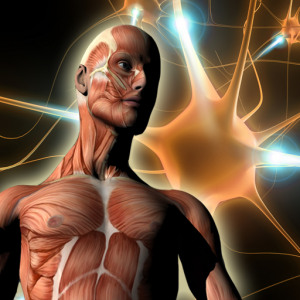What happens when you move?
Regular physical activity has beneficial effects on the body’s systems, and therefore plays an important role in the prevention of many diseases (eg. musculoskeletal diseases, obesity, high blood pressure, diabetes, depression).

Heart operation: heart muscle gets stronger, cardiac pumping efficiency increases, excess nerve impulse formation decreases, nerve conduction abnormalities decrease.
Blood circulation: resting blood pressure is reduced (normal human values are 120 ± 10/80 ± 10)
Respiration: oxygen uptake increases, the resting “vital capacity” (maximal expiration air volume after a maximal inhalation: 3,500 to 4,000 ml) increases
Bones: increases the incorporation of minerals into bone – so the bone gets stronger
Joints: increases the extent of movement of the joints and their stability
Muscles: In addition to muscle growth, the strength of the muscles also increases
Energy flow: optimises the working capacity and weight of the body, body fat decreases
Neural control: the reaction time gets shorter, the biological rhythms stabilise, motor coordination improves, nervous tension reduces.
However, poorly-designed exercises can be harmful. In the case of osteoporosis, joint problems or excess weight, it is important to choose a sport which is kind to joints. For example, swimming improves and maintains agility, while avoiding impact on the joints.
